25 Cat Breeds That Don’t Shed
Discover the top cat breeds that don’t shed, including the British Shorthair, Bengal, and more. Learn about hypoallergenic cats for those with allergies.
By: Dorris Abraham
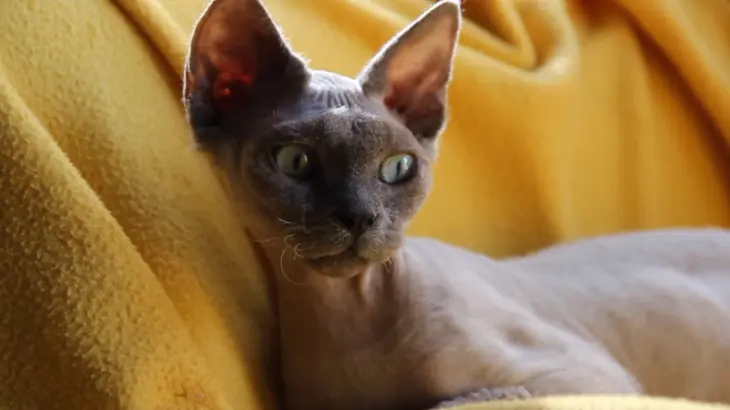
The information in this article is intended to educate cat parents and is not a substitute for veterinary guidance. In case of any concerns about your cat’s health, please talk with your veterinarian.
Loving cats is an innate act that provides humans with companionship. But there are some cases where cat lovers must stay away from their feline friends reluctantly. The main reason for this is allergies to cats in these people, for example, itchy eyes, runny nose, and many other allergic complications.
As an experienced cat parent for more than 10 years, I have even seen some people remove cat hair or coats with a lint roller. Seeing all these conditions, I thought it would be helpful to introduce Cat Breeds That Don’t Shed (or shed less hair) to cat lovers who are also allergic.
25 Cat Breeds That Don’t Shed (Low-Shedding) For Allergy Sufferers
Let’s explore what low-shedding cat breeds may suit people with allergies. Some of them are given below:
British Shorthair
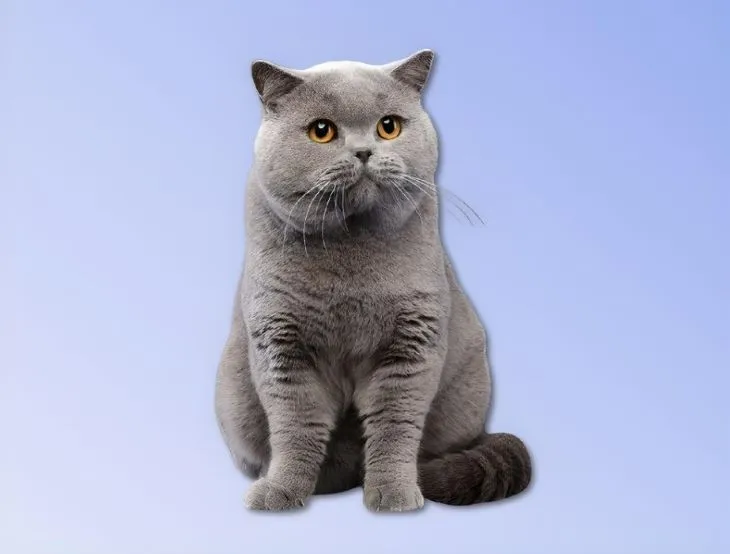
The British Shorthair features a dense, plush coat that doesn’t shed much. For this relaxed, laid-back breed, a simple once-a-week brushing is sufficient to eliminate loose fur and spread natural skin oils. The British Shorthair comes in numerous colors and patterns, from solid black to brown tabby to blue-cream. Their round eyes and cheerful expression give them an endearing look.
Bengal

Bengals have the exotic appearance of their Asian Leopard Cat ancestors and a house cat’s friendly disposition. Their short, sleek coat sheds minimally and may trigger fewer allergies. Bengals thrive when entertained with climbing structures and interactive play and are lively, intelligent, and affectionate. Their exotic spotted or marbled coat patterns come in shades of brown, silver, and white.
Devon Rex
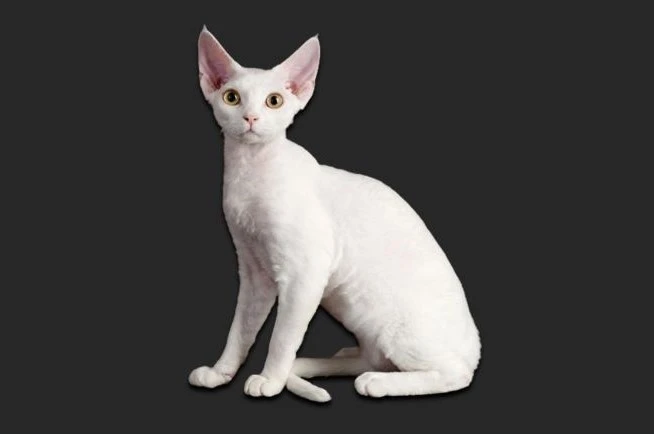
The Devon Rex sports a short, soft, wavy coat that scarcely sheds. Their big ears, large eyes, and playful nature give them an impish expression. Devon Rex cats crave attention from people and have amiable relationships with other animals in the home. Their coat only needs weekly brushing. Devons come in white, black, blue, red, and cream.
Cornish Rex

The curly, wooly coat of the Cornish Rex sheds little and may not aggravate allergies as much as other cats. The Cornish Rex is characterized by its lean, athletic physique and prominent ears. They maintain strong familial ties and a youthful, playful spirit throughout their lives. Brushing once per week eliminates shed fur and disperses the skin’s natural oils.
Bombay
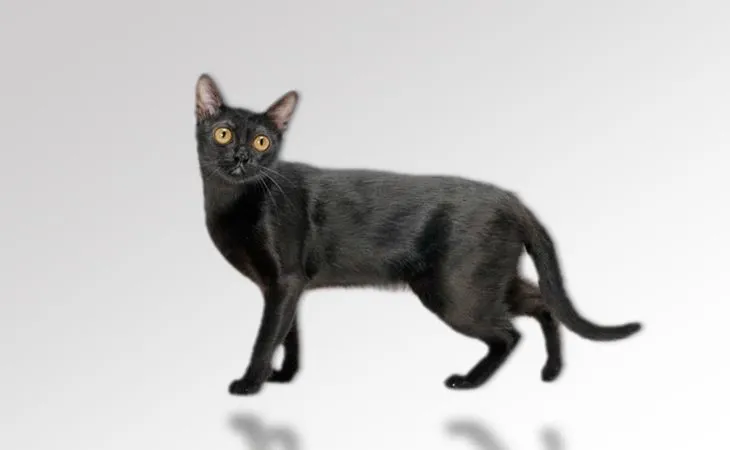
The Bombay was bred to resemble a miniature black panther. Its short, satin-like coat sheds very little with weekly brushing. Energetic and friendly, Bombay’s thrive when given climbing structures and puzzle toys.
Burmese
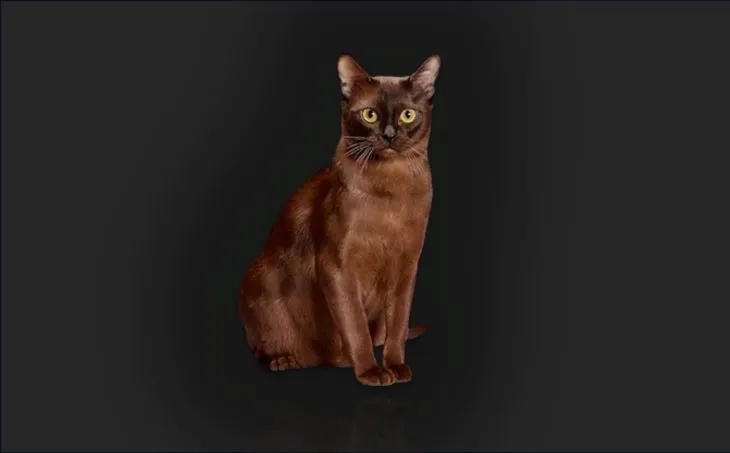
The Burmese sports a short, silky coat that doesn’t shed much. They have muscular, athletic bodies and expressive faces. Burmese cats love being with their families and can learn tricks, play fetch, and walk on a leash. Their tan, brown, and chocolate-colored coats need just weekly brushing.
Siamese

The short, fine coat of the Siamese sheds very little, producing less of the Fel d 1 allergen. Siamese are extremely vocal, musical cats who bond intensely with their favorite people. They thrive on human interaction and play. With slim, elegant bodies and pointed coat patterns, Siamese comes in seal, chocolate, blue, and lilac-pointed colors.
Russian Blue
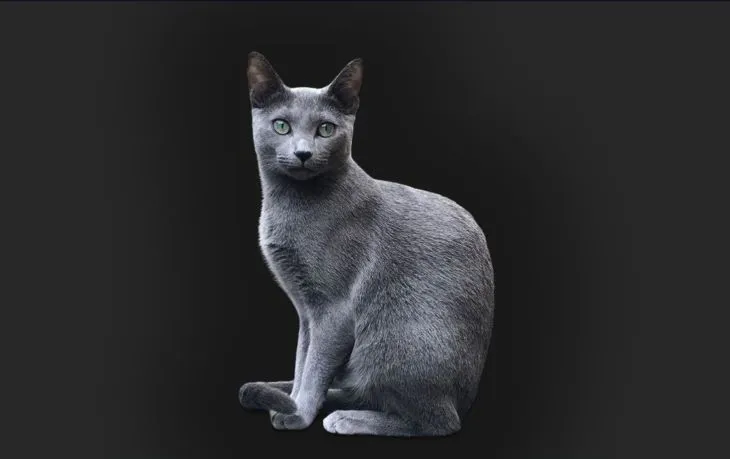
With their plush, silvery-blue coat, Russian Blues shed minimally. Their coat has a distinctive texture often described as similar to a seal or beaver fur. Russian Blues are gentle, devoted cats that seek human connection. The Russian Blue’s short coat needs combing just twice weekly.
Sphynx

The nearly hairless Sphynx was bred to have little coat and minimal shedding. They may stir up fewer allergies because they lack the fur that traps dander against the skin. Sphynx cats have soft, chamois-like skin that needs regular moisturizing with bathing and oils to stay touch ably soft. Despite their bald appearance, Sphynx cats are energetic, friendly, and affectionate.
Birman
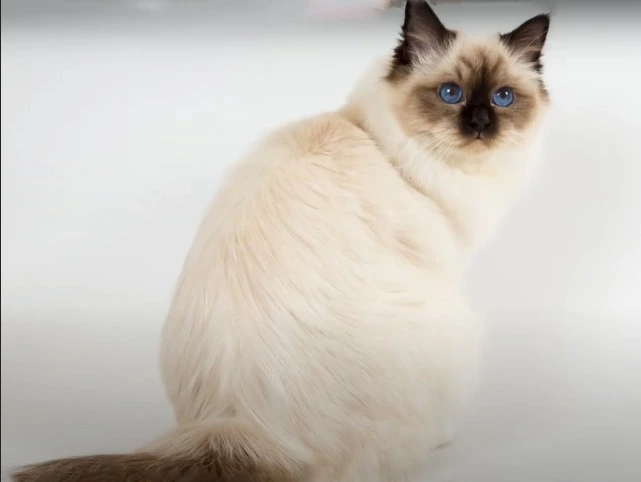
The medium-length coat of the Birman features a silky texture that doesn’t mat or shed excessively. Birmans have semi-longhair with a thick ruff around the neck. Their gentle personalities and quiet voices make them ideal housemates. Birman cats come in many pointed patterns ranging from seal to chocolate to blue.
Oriental Shorthair
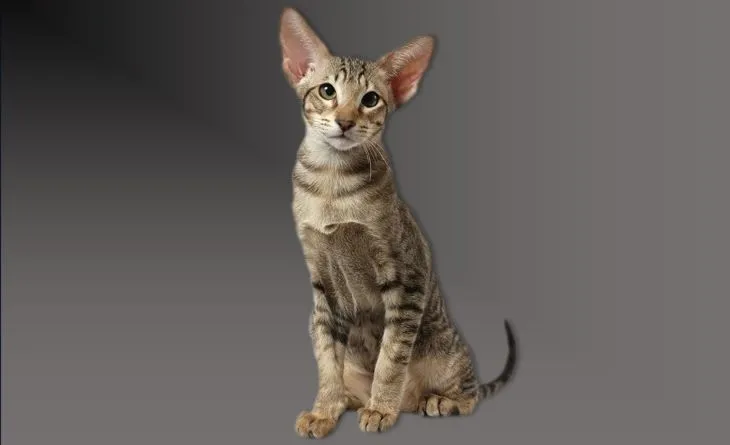
Oriental Shorthairs have a brief, tight-fitting coat that sheds minimally and needs little upkeep. Often called “Ornamental Siamese,” Orientals have Siamese-style pointed patterns and vocal, outgoing personalities. Engaging in playtime and mastering new skills help them flourish. Regular combing removes loose hair from their satin-like coat.
Donskoy
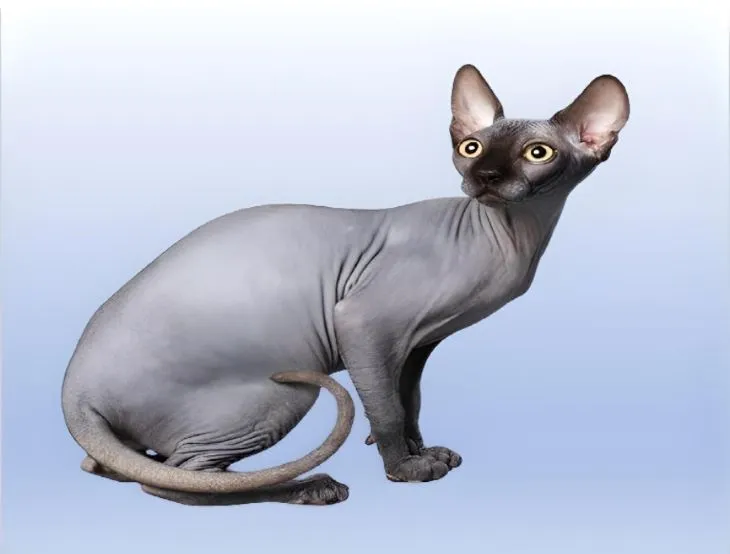
The Donskoy has a bald, wrinkled appearance resembling a Sphynx but with a sparse coat rather than none. Most Donskoys enjoy being brushed to remove loose hairs. Their coats come in different textures, from bald to velour to brush. Washing is only necessary when visibly dirty. Donskoys have playful, affectionate personalities.
Peterbald

With their hairless coats, Peterbalds shed little. Their skin generates less of the Fel d1 allergen than hairy felines. Peterbalds feel warm and soft and need moisturizing baths and oils. They have slender, elegant bodies and lively, affectionate personalities. Peterbalds come in hairless, flocked, velour, and brush coat textures.
Ocicat
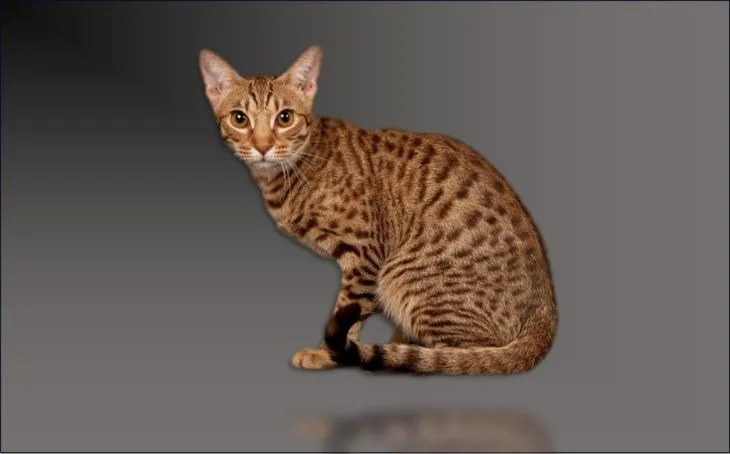
Resembling a wild ocelot, the Ocicat sports a short, satiny coat with tawny spots and markings. Their coats have a lustrous sheen and only shed moderately. Ocicats are athletic, playful cats yet gentle with children. The mottled fur of these cats can appear in hues like tan, brown, reddish-brown, grayish-blue, pale purple, light yellowish-brown, and grayish-white.
Singapura
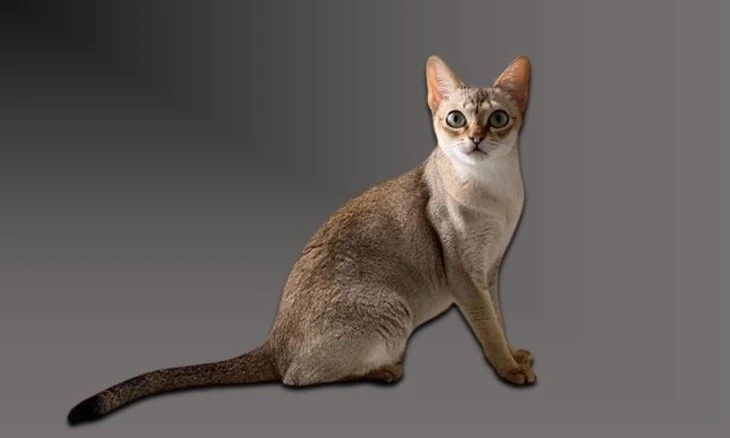
Singapuras have short, fine coats that feel silky to the touch and shed minimally. Sometimes called “drains cats” for their love of warmth, Singapuras enjoy snuggling under the covers. Despite their small size, Singapuras are energetic, mischievous, and enjoy interactive play. Their sepia brown coats feature dark ticking that gives texture to each hair.
Minskin
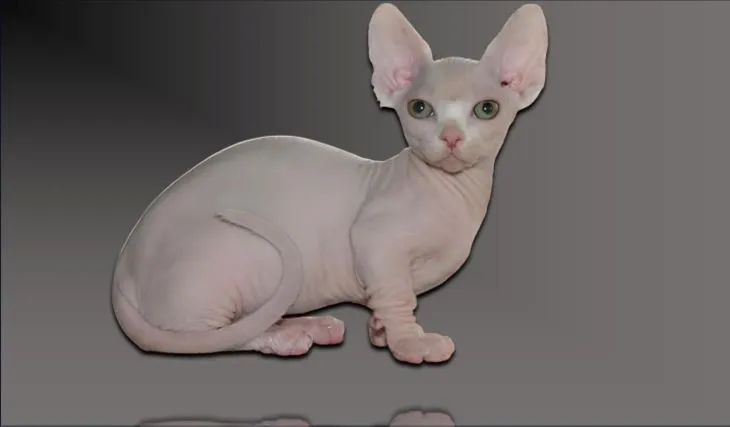
Minskins inherit their lack of fur from the Sphynx and their diminutive limbs from Munchkins. With a sparse coat, Minskins shed very little. Their soft, warm skin needs regular moisturizing with baths. Minskins have lively, playful personalities in a unique hairless package with short legs. The Minskin is a newer experimental breed that has not yet been recognized.
Korat
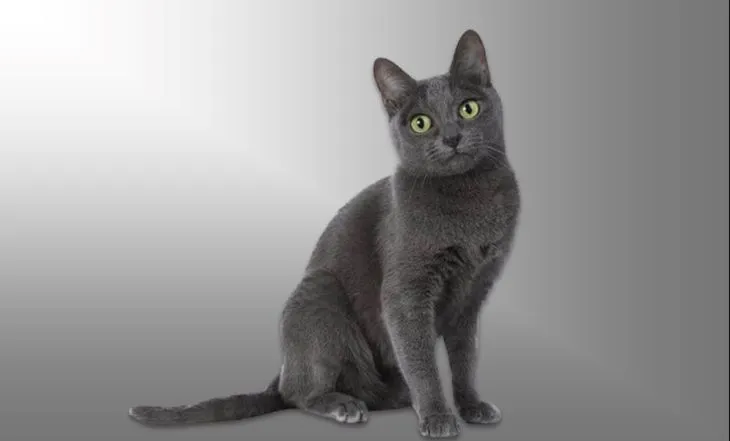
The Korat’s short, single-layered coat doesn’t shed much year-round. Each hair is silver-tipped, giving the coat a shimmery appearance described as “rain cloud gray.” This ancient Thai breed is vocal and socially interactive. Korats bond intensely with their families while retaining their playful nature. Their coats just need weekly grooming.
Colorpoint Shorthair
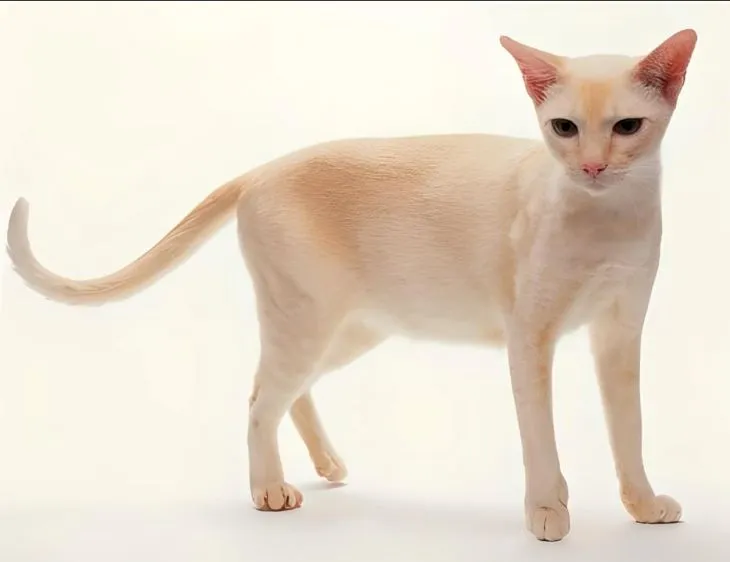
A hybrid of Siamese and American shorthairs, the Colorpoint shorthair sheds thanks to its short, fine coat minimally. Colorpointed kittens can result when Siamese are crossed with other breeds. The Colorpoint combines the Siamese pattern and colors with an American Shorthair’s sturdier body type. Their coats need only weekly combing.
Tonkinese
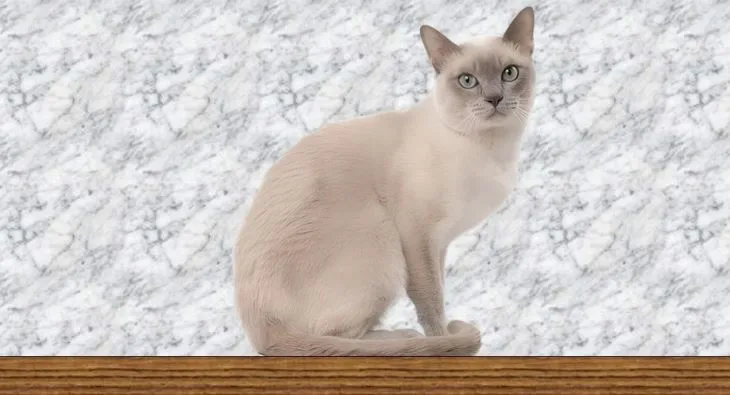
As a Siamese hybrid, the Tonkinese has a short, silky coat that doesn’t shed excessively. Tonkinese coats come in four patterns: solid, point, mink, and sepia. Their inquisitive personalities and playful nature make them ideal family pets. The Tonkinese vocalizes with chirps and trills. Their soft coats need just weekly grooming.
American Curl

With their distinctive curled-back ears, American Curls have moderate shedding and short coats. Whippets display a wide spectrum of coat colors and designs, such as single-colored, striped, mottled, or dark-pointed. American Curls are intelligent, people-oriented cats that enjoy learning tricks. Their plush coats only need weekly brushing.
Selkirk Rex
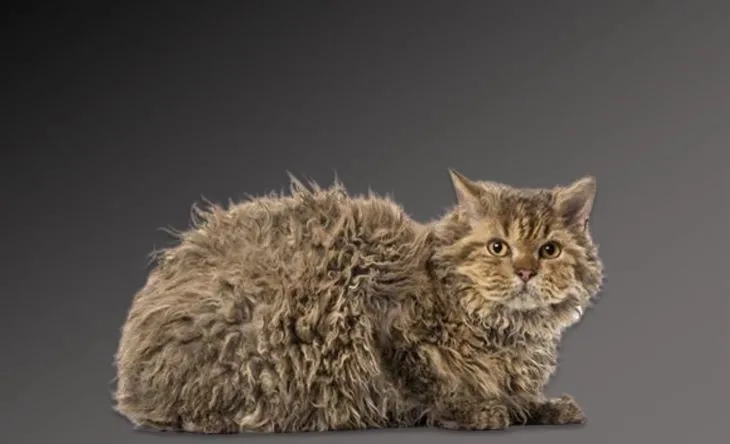
The Selkirk Rex sports a unique curly coat that sheds minimally. Selkirk Rex cats can have either lengthy or concise coats of moderate length. Their dense, plush coat texture resembles lambs wool and comes in many colors and patterns. Selkirk Rex cats have friendly, laid-back personalities.
Chausie
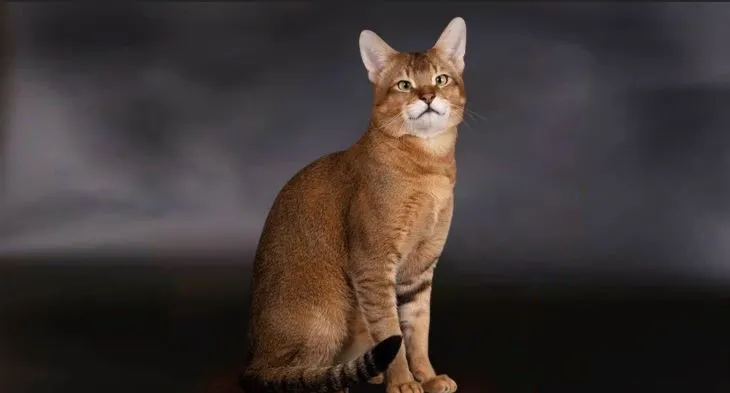
As a hybrid of the jungle cat, the Chausie has a short coat that doesn’t shed much. The most common coat colors are solid black, brown ticked tabby and black grizzled tabby. Quick-witted and energetic, Chausies require stimulating recreation and physical activity. These cats interact in friendly ways with both youngsters and other household pets.
Snowshoe
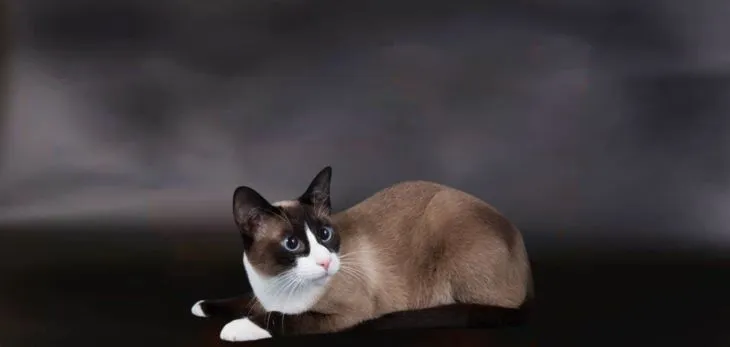
The Snowshoe has a short, dense coat and low shedding level. Snowshoes have white feet that resemble snowshoes, set against a color-pointed face, ears, tail, and body. Point colors include seal, blue, flame, cream, red, chocolate, and torte-point patterns. Outgoing and playful, Snowshoes thrive when entertained.
LaPerm
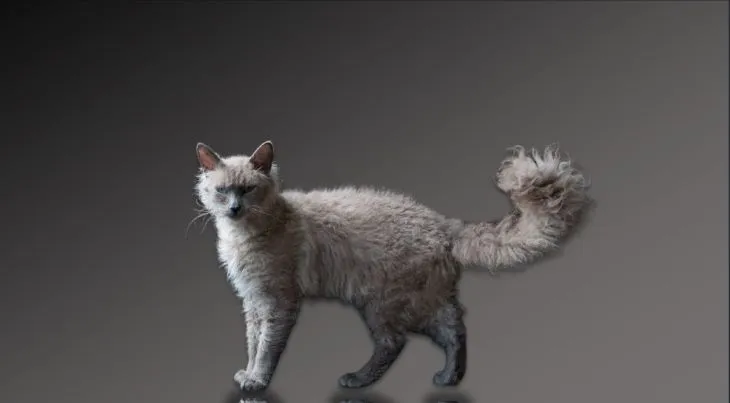
The LaPerm sports a curly coat that only sheds moderately. Their coats range from tight ringlets to loose corkscrew curls in every color and pattern. LaPerms are intelligent, friendly cats that enjoy interacting with their families. Regular brushing tames their textured coat.
Siberian
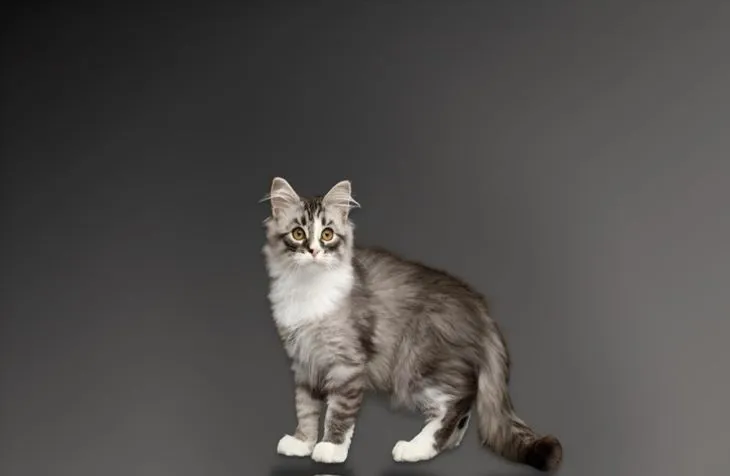
Despite their long triple-coat adapted to Russia’s climate, Siberians shed moderately. Their topcoat of guard hairs protects a soft undercoat. Siberians have muscular bodies, round paws, and a full, flowing tail.
Are There Hypoallergenic Cat Breeds?
Although some feline varieties release less fur than others, no breed is entirely allergy-free. Every cat generates the Fel d 1 protein, the primary allergic trigger, via saliva and sebaceous glands. However, the non-shedding or low-shedding breeds typically have less dander and release less allergen into the environment. Cats with little or no fur also tend to provoke milder allergic reactions in some people.
For those with severe cat allergies, an allergy-free cat may not exist. But many find they tolerate specific breeds better. Spending time with the breed or a specific cat can help determine allergy tolerability. Controlling airborne allergens with HEPA filters and frequent vacuuming also helps. Immunotherapy shots can also desensitize some individuals to cat allergens over time.
Conclusion
While no cat is hypoallergenic, some shed less fur and dander, provoking fewer allergy symptoms. Low-shed breeds like the Devon Rex, Sphynx, and Russian Blue may allow some with allergies to still enjoy cat companionship.
A non-shedding breed could make the difference between living comfortably with a cat or not for people with mild cat allergies. Always spend time with the individual cat before adopting to assess allergy reactions. Many cat lovers with allergies can still have a feline friend with care.
